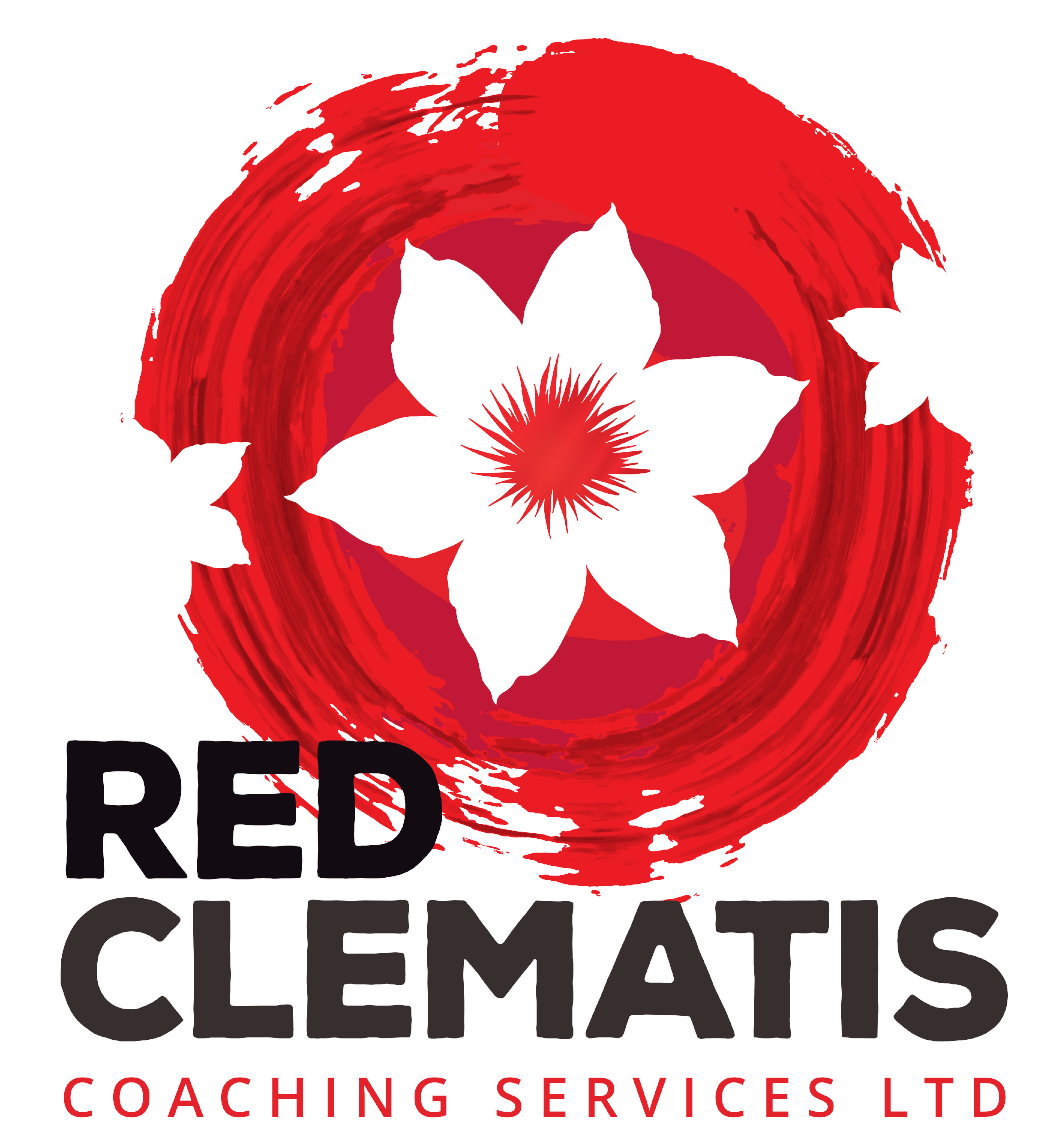The benefits of having visual goals
Planning is a necessary part of management and of being a business owner. Reviewing what has happened and planning out the future is the best way to ensure success.
But this world we live in is fast-paced and our attention spans are shorter than ever. With so much information available at our fingertips, and so many distractions, I don’t know about you, but I’m always searching for different ways to engage myself, and others too. That’s where the power of anything visual comes in, whether it be captivating images and videos, or comprehensive infographics and animations, they can provide a roadmap for a specific project, or your business as a whole.
Inspiration and motivation
As many of you know, I am a huge fan of vision boards. I have one above my desk that I update annually. It contains images, words and other visual representations of what I want to experience or achieve. It helps me to focus on my decisions, goals and desires, provides daily inspiration and motivation and makes it easier for me to accomplish what I need to do in a timely and enjoyable way.
Of course, vision boards are just one visual planning tool and there are many others. Some people use cards, pictures, mind maps, movies and whiteboards, whilst others prefer drawing or doodling. Whilst for the more software inclined amongst you, there are Gantt charts, dashboards, roadmaps, spreadsheets and other business mapping technologies, which are great for forecasting, contingency/scenario planning or benchmarking. Whatever you use, they must provide an easy-to-understand visual representation of the different elements of your goals, or objectives. They should also refer to tasks, resources, and timelines and of course include that all important update on progress.
The great outdoors
Being a visual person, I prefer to focus on things that I can see. And it doesn’t even need to happen in the office. Once again, the power of the outdoors, whether that be walking, gardening, or visiting inspirational places are firm favourites in my planning tool kit.
I am often inspired by what is around me during a walk or in the garden – whether it be the trees, the colour of the sky, or just nature happily doing its thing. Whenever there are difficult challenges, I think them over during a walk. After that walk, I come back refreshed and with ideas and solutions to the challenges. Walking also helps me feel calm, more balanced, and able to put everything in perspective. It’s also a perfect time to reflect, which often prevents me from getting stuck.
Benefit of visual tools
Visual tools can simply communicate complex concepts and the results are usually highly memorable as they facilitate the easy and quick interpretation of information. They can also help you tap into emotions, reinforce purpose and be very motivating. They are also good at improving participation, as well as enhancing and strengthening thinking, curiosity, and innovation. And they can make thinking and learning easier too.
We are not all the same, so my advice is to find something that works for you, be it fresh air and a brisk walk, collecting postcards, objects, capturing evocative pictures, or a systematic colourful chart or graph. Just make sure that whatever you choose the plan, or goals, are SMART (Specific, Measurable, Achievable, Relevant, and Time-Bound. Plus, conduct regular reviews to make sure you are on track and don’t be afraid to make changes along the way as things shift.
Ask for help
Visual tools work because of their simplicity and transparency, so if you’re wondering what to do to engage your team and keep them on track, then think visual! Everyone will be able to check what they need to do, what others are responsible for and all without the need for lengthy meetings or weighty 50 page plans. If you’d like some help to work on your own visual tools, then please get in touch.
